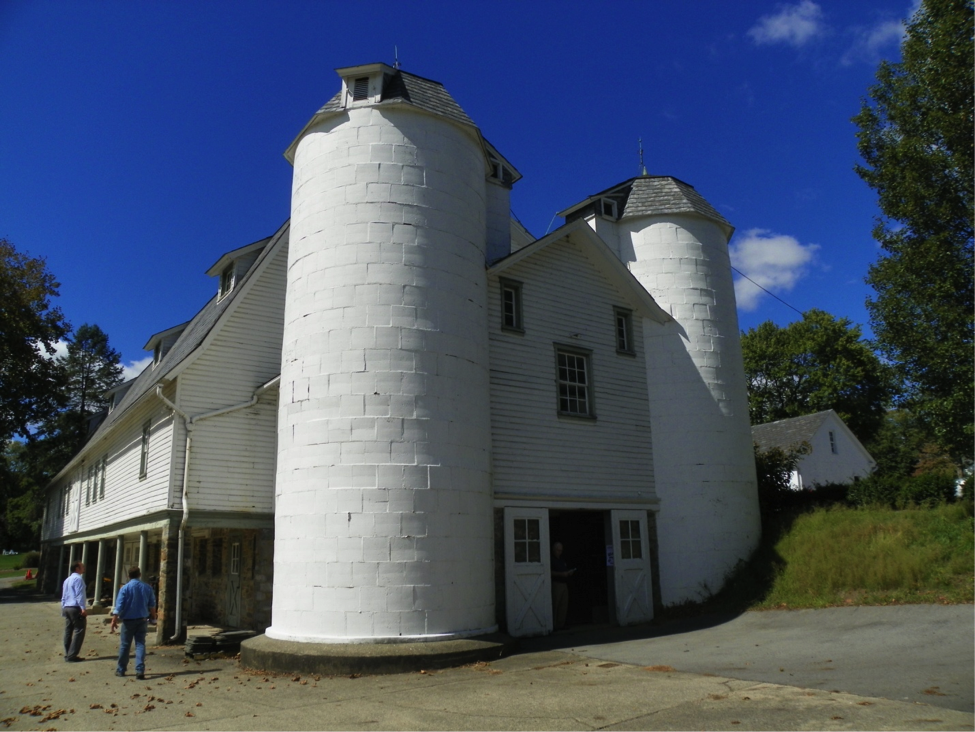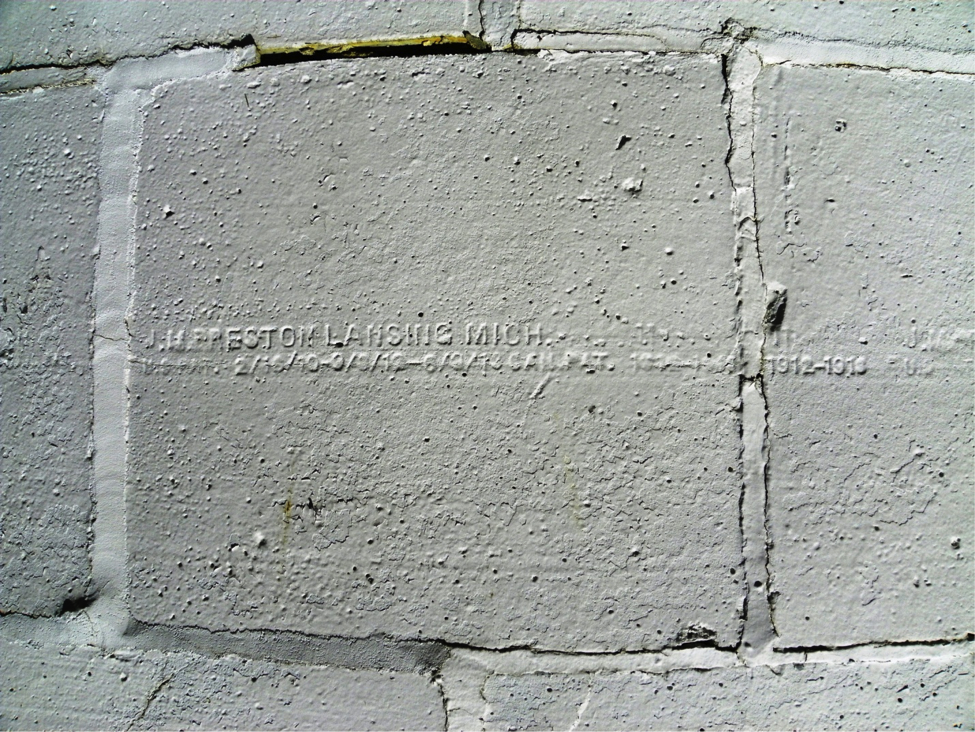
A guest post by Michigan Barn Preservation Network members, Chuck and Janine Saputo.
It started out all baseball and the barns showed up. My husband Chuck and I are active in the Michigan Barn Preservation Network due to our rural preservation interest mainly here in Michigan. We often brake for barns during our travels and in fact just discovered Coveyou Farm south of Petoskey Michigan on our way ‘up north’ for a summer weekend. But that’s another story. This summer Chuck wanted to spend his birthday visiting the Baseball Hall of Fame in Cooperstown New York, fulfilling a lifelong childhood back lot baseball playing dream of long ago. We set the dates, made the reservations and set off in early July for five days leaving work, home improvements and yard begging and all other ties behind.
The Finger Lakes region in western New York with its lakes and wineries looked like an attractive route to our fun time destination Cooperstown. We booked the downtown Inn at Cooperstown B&B and looked forward to baseball, some small town Main Street time and relaxing. Tired of the expressways after Buffalo, we took Highway 5 east towards the Finger Lakes and started to notice each of the progressively older historic towns along the way…and the barns… Once in the Finger Lakes we were amazed at all the winery choices! Visiting several along the west

Billsboro Winery on Seneca Lake, west shore, south of Geneva, Finger Lakes,
NY.
Seneca Lake shoreline, we immediately braked when we saw Billsboro Winery. Yes a huge red gable barn with a quilt board affixed, grabbed our attention. The barn serves as a very attractive tasting room, event center, lake view point and historic farm structure all adding to the tasting experience you can be sure… Ice wine tasting too! But back to baseball!

Old farmstead north of Schuyler’s beach, Cooperstown, NY
Barn has high stone foundation, quoining at the corners.
Oh yes, we drove Cayuga Lake shore checking out more wineries and were greeted by a unique eight-sided behemoth old barn set on a tall stone foundation. Pulling to a stop along the highway again for a barn, I grabbed the camera and investigated this unique farm building, still in use. The nearby shed was unusual too. Our area of Michigan is no stranger to octagon barns but this one had a large detailed eight sided cupola and that distinctive stone foundation. Near Seneca Lake ( a must stop town) we shopped at Sauder’s unique country store. The parking lot was loaded with small barns of all types, roof lines and styles… in case you want to buy a barn on vacation. But back to baseball! Arriving in Cooperstown it was plain to see the wonderful American heritage architecture of western New York. But baseball is the main attraction here everywhere. We dived into the baseball atmosphere and thoroughly enjoyed the Hall of Fame and the downtown, even in the height of the busy summer season. With no barns downtown to be seen, it now was all baseball.

This the main barn at the Farmer’s Museum and was the center of the dairy farm that stood here. Just a wonder of stone by an Irish mason. Note the stone silos, they are the men’s and women’s restrooms inside. A unique experience.
With a final day before heading back, we saw two attractions, one titled The Farmers Museum and the other, Fennimore Art Museum, within walking distance of the our Inn. Ready to choose when we reached the fork in the road, The Farmers Museum huge stone barn visible from the road, got our vote on this trip. The tug to see this magnificent structure revealed four more unique historic barns on the farm grounds each dating back to 1790. Each restored barn was in its traditional use with unique features and construction. Farm animals, crops, gardens and the most knowledgeable and friendly costumed docents added to the visitor experience. The 1900s stone Main Barn houses exhibits in a space worthy of any art gallery and still shows its amazing towering framing. The two stone silos serve as unique restrooms. Not to be missed! The Farmers Museum is listed in the National Register of Historic Places as well as Cooperstown. Back home we tell everyone about our wonderful New York trip to Cooperstown and the Baseball Hall of Fame and about those barns….
 Timber Framers Guild is holding their 2012 Eastern Conference in Leesburg, VA in the beautiful National Conference Center from October 17 until 21.
Timber Framers Guild is holding their 2012 Eastern Conference in Leesburg, VA in the beautiful National Conference Center from October 17 until 21.











